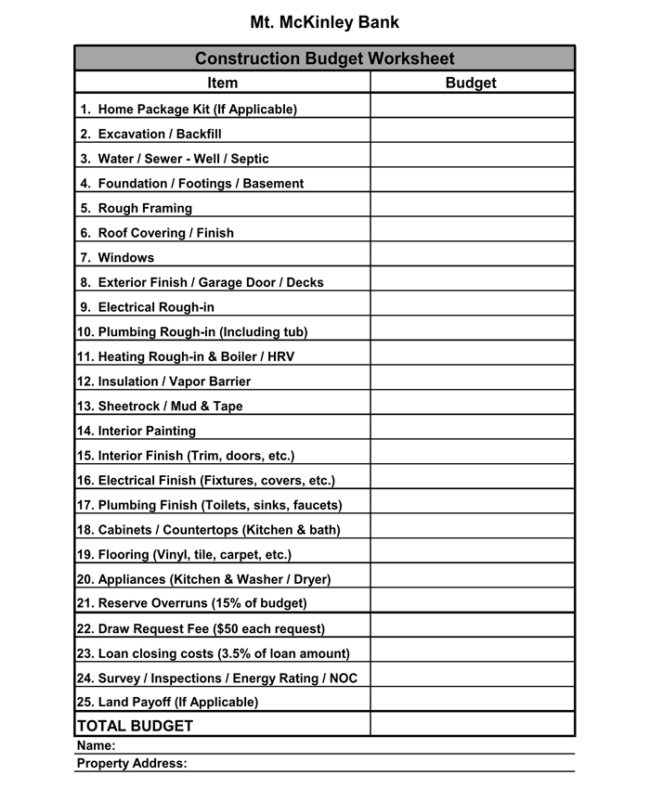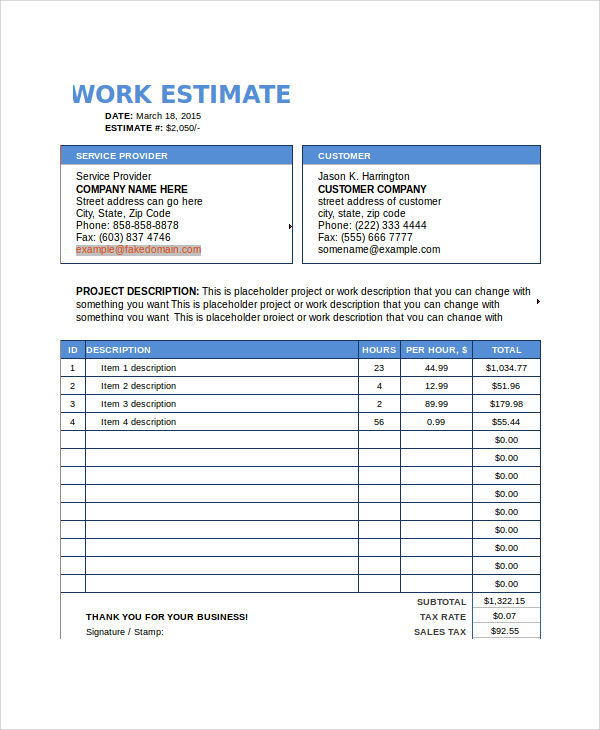

Legal services, insurance and mileage expenses fall under this category, too. Estimator and engineer salaries are considered main office overhead as are any costs associated with the office like rent, furniture and power.

There are two types of indirect costs: main office overhead and job site overhead. Indirect costs are incurred while completing the project but are not applicable to any specific task. A good rule of thumb is if a line item is used for a specific task at the job site, it’s a direct cost. If you plan to have telephone service or use a copy machine on-site, you can file those under direct costs. Permit costs and surety bonds also fall into the direct cost category as well. They are also sometimes called “bare” or “unburdened” costs.Įxamples of direct costs include all on-site personnel, even those without direct responsibility for structure being built, like security guards. Material, labor and equipment prices are all direct costs, as are subcontractor costs. Direct costs (also known as project overhead costs) are those directly linked to the physical construction of a project. Types of Construction Estimating CostsĪll costs included in a unit price estimate fall into one of two categories: direct costs and indirect costs. We’ve compiled a brief rundown of common construction costs and created a construction cost estimating checklist you can use for your next project. That’s a lot of line items costs and some that might not be immediately obvious.

For a construction estimate to be reliable, all items must be accounted for.


 0 kommentar(er)
0 kommentar(er)
